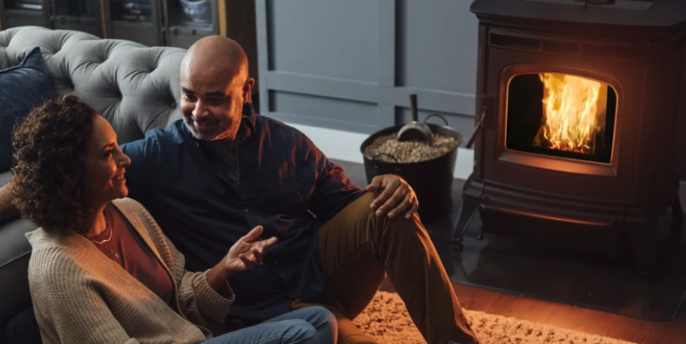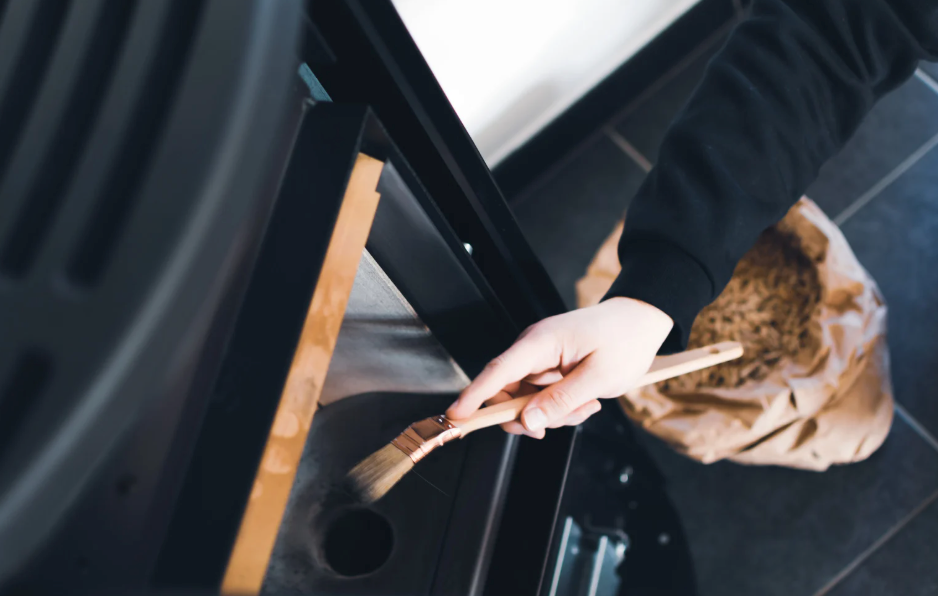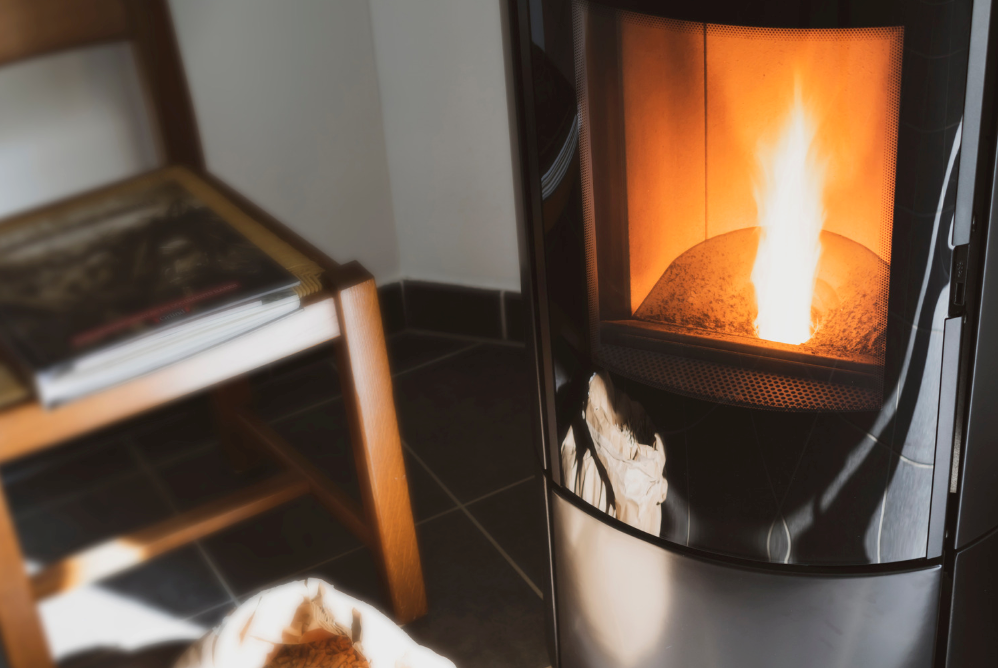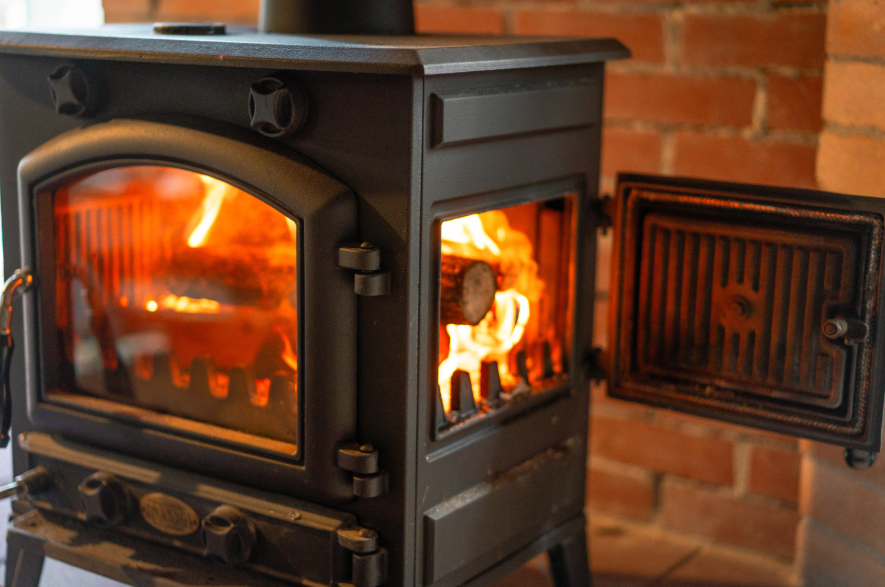When the outdoor temps go frigid, there’s no better place to be than curled up in front of your pellet stove—thanks to that steady, clean, comforting glow powered by quality pellets. If you’re looking for a nice night in with your special someone, we’ve got some ideas for how to craft the perfect fireside date night.

1. Blanket Fort + Hot Chocolate For Two
Pull out your softest blankets and pillows to create a cozy nest in front of the stove. Pour two mugs of rich hot chocolate (bonus points for marshmallows or whipped cream), and just bask in the flicker. The steady warmth from your stove means you can stay in the fort as long as you want—no need to rush inside once you’re comfortable.
2. Gourmet S’mores (Indoors Edition)
Let the pellet stove set the cozy mood while you make a simple s’mores board: graham crackers, chocolate, marshmallows, maybe a few fun extras. Skip the open flame altogether — just pop the assembled s’mores in the oven or under the broiler for a minute. You still get warm, gooey perfection without any safety worries, and the stove’s glow makes it feel like a fireside treat.
3. Fireside Picnic + Ambient Soundtrack
Pull your dining setup into the living room. Lay a blanket or tablecloth on the floor, bring in your favorite snacks (charcuterie, wine or cider, fresh bread) and let the stove glow be your centerpiece. Play a soft playlist—jazz, acoustic, whatever fits your vibe—and enjoy.
4. Movie Marathon with a Twist
Pick a theme: maybe “snowy winter nights,” “cozy romances,” or even “comics and absurdities.” Set up the TV (or laptop), but let the pellet stove take center stage—its light and warmth will cast the room in a cinematic glow. Make sure to bring popcorn, blankets and a warm drink. And yes—choose high-quality pellets so your stove operates quietly and steadily, with no fuss to interrupt the moment.
5. Game Night by the Glow
Board games, card decks or even a puzzle—bring it all to the fireside. Add two glasses of something nice and a snack tray for hours of fun. And, thanks to the steady heat from the pellet stove, you don’t have to pause the game to bundle up or move somewhere warmer.
6. Cozy Conversation & Future-Planning
Sometimes the most memorable nights are the quietest. Turn off the lights, let the stove take over the ambience and just talk. Tell each other what you’re looking forward to next year, share a dream or two, doodle ideas, listen to the hum of the flame. This is one of the simplest, but often one of the most meaningful, ways to enjoy your pellet stove.
Bonus Tip: Start With Good Pellets
The difference between “meh” heat and “really enjoy this night” heat often comes down to your pellets. Clean burning pellets mean less ash, more consistent warmth and a more flawless ambience. That means more time looking at each other and less time twisting knobs or dealing with dust. At woodpellets.com we’re proud to offer premium blends so your date-night fire stays smooth, steady and worry-free.
So go ahead: dim the lights, light the stove, bring in the blankets and snacks and let your home turn into the coziest date-night spot in town.








